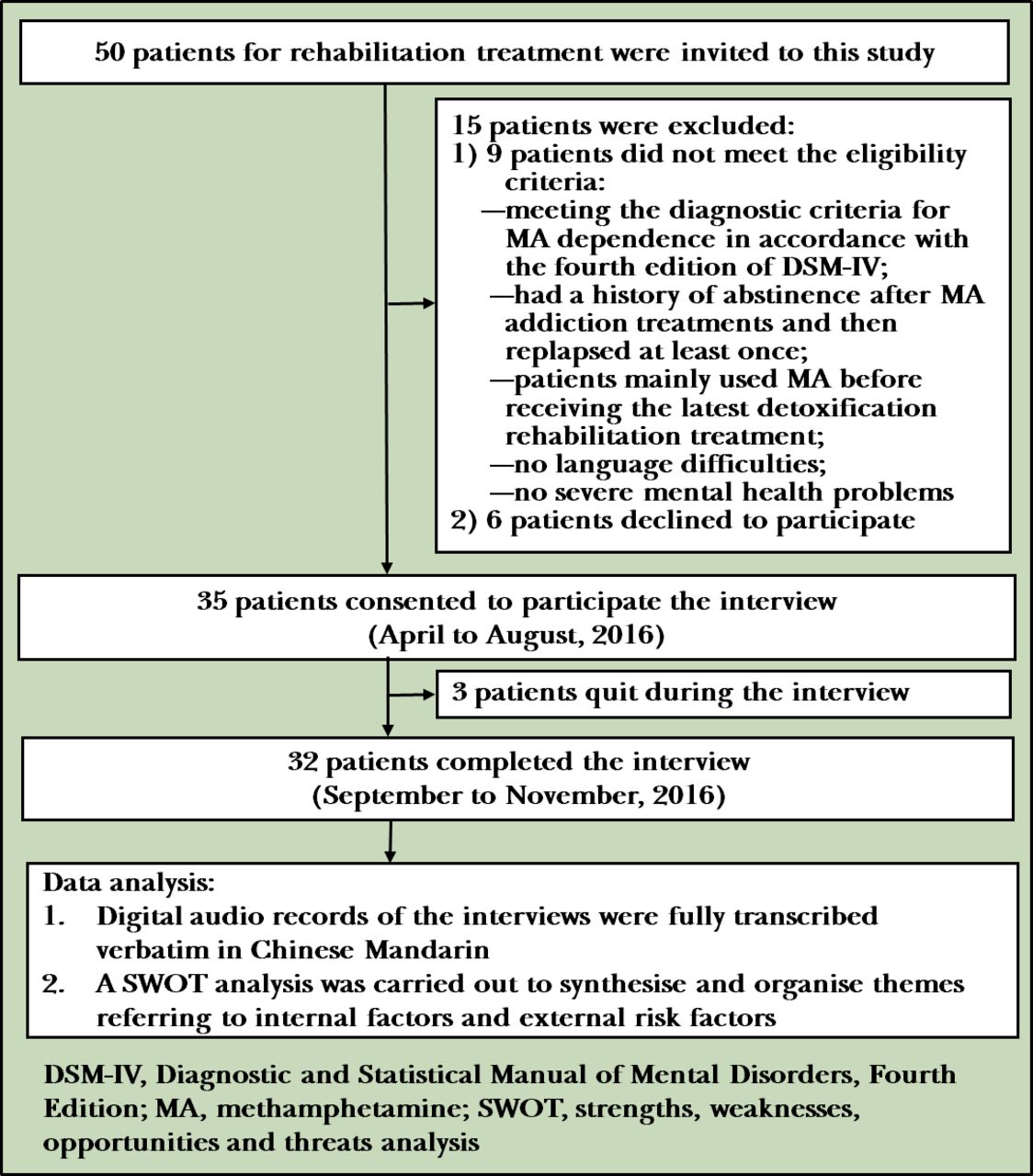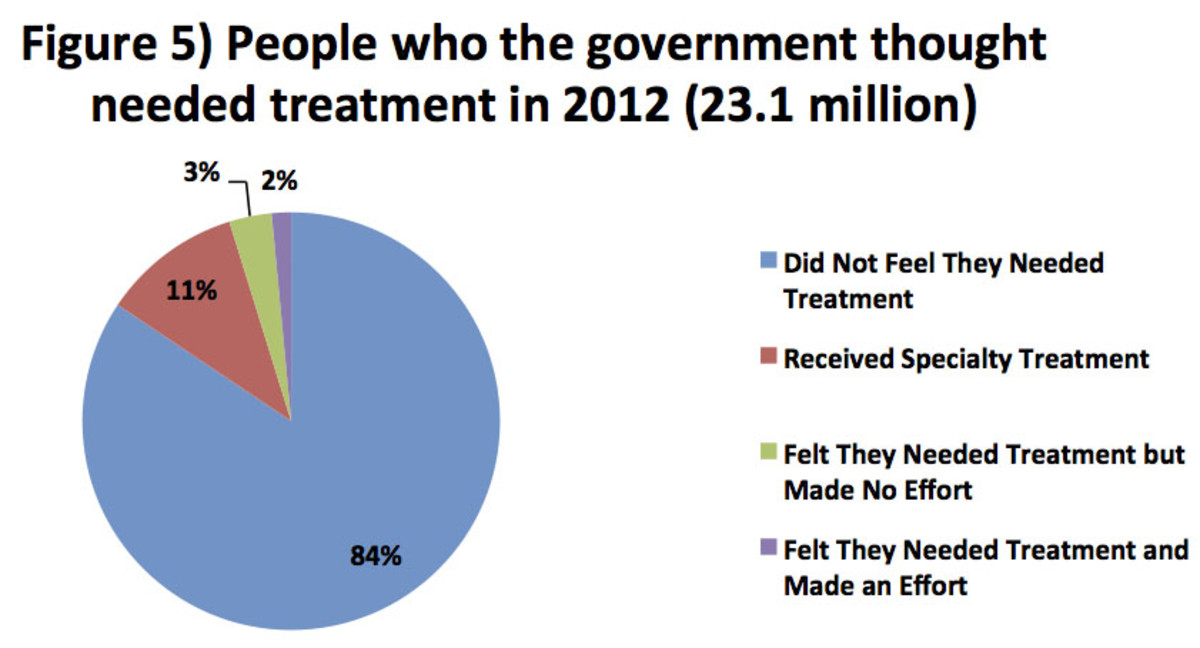CLEVER Healing was established by Joe Gerstein in 1994 by basing REBT as a foundation. It gives importance to the human firm in overcoming addiction and focuses on self-empowerment and self-reliance. It does not subscribe to illness theory and powerlessness. The group meetings involve open conversations, questioning choices and forming corrective procedures through assertive exercises.
Objectives of the SMART Healing programs are: Building and Preserving Inspiration, Handling Desires, Managing Ideas, Feelings, and Behaviors, Living a Balanced Life. This is considered Check over here to be comparable to other self-help groups who work within mutual aid ideas. In his prominent book, Client-Centered Treatment, in which he presented the client-centered method to therapeutic change, psychologist Carl Rogers proposed there are three essential and enough conditions for personal change: genuine positive regard, precise empathy, and reliability.
To this end, a 1957 study compared the relative effectiveness of three various psychiatric therapies in treating alcoholics who had been devoted to a state medical facility for sixty days: a treatment based on two-factor knowing theory, client-centered therapy, and psychoanalytic therapy. Though the authors expected the two-factor theory to be the most reliable, it really showed to be deleterious in the result (how the affordable care act has helped addiction treatment).
The Greatest Guide To What Credentials Should You Look For With Addiction Treatment Facility
It has been argued, however, these findings may be attributable to the extensive difference in therapist outlook between the two-factor and client-centered approaches, rather than to client-centered strategies. The authors keep in mind two-factor theory involves plain displeasure of the clients' "unreasonable behavior" (p. 350); this especially negative outlook might explain the results.
Called Client-Directed Outcome-Informed therapy (CDOI), this technique has actually been utilized by several drug treatment programs, such as Arizona's Department of Health Services. Psychoanalysis, a psychotherapeutic approach to behavior change developed by Sigmund Freud and customized by his fans, has actually likewise used a description of compound abuse. This orientation suggests the primary reason for the dependency syndrome is the unconscious need to entertain and to enact different sort of homosexual and perverse fantasies, and at the very same time to avoid taking obligation for this.
The dependency syndrome is likewise assumed to be associated with life trajectories that have taken place within the context of teratogenic processes, the stages of that include social, cultural and political factors, encapsulation, traumatophobia, and masturbation as a type of self-soothing. Such a method depends on plain contrast to the techniques of social cognitive theory to addictionand certainly, to habits in generalwhich holds human beings to regulate and manage their own ecological and cognitive environments, and are not simply driven by internal, driving impulses (what type of grief does and individual with addiction go through in treatment).
How How To Provide Addiction Treatment For Those Who Do Not Have Insurance Or Medicaid can Save You Time, Stress, and Money.
A prominent cognitive-behavioral approach to dependency healing and therapy has actually been Alan Marlatt's (1985) Relapse Avoidance approach. Marlatt explains four psycho-social procedures appropriate to the dependency and regression processes: self-efficacy, result span, attributions of causality, and decision-making processes. Self-efficacy describes one's capability to deal competently and effectively with high-risk, relapse-provoking situations.
Attributions of causality refer to an individual's pattern of beliefs that regression to substance abuse is a result of internal, or rather external, short-term causes (e.g (how many addiction treatment centers are there in the us)., permitting oneself to make exceptions when faced with what are judged to be unusual scenarios). Finally, decision-making procedures are linked in the regression process too.
Moreover, Marlatt stresses some decisionsreferred to as apparently irrelevant decisionsmay appear insignificant to regression, but may really have downstream implications that place the user in a high-risk circumstance. For example: As an outcome of heavy traffic, a recuperating alcoholic might decide one afternoon to leave the highway and travel on side roads.
The 10-Second Trick For How To Get Homeless Son Meth Addiction Treatment In California
If this person has the ability to utilize effective coping strategies, such as sidetracking himself from his yearnings by switching on his preferred music, then he will prevent the relapse danger (PATH 1) and heighten his efficacy for future abstinence. If, nevertheless, he does not have coping mechanismsfor instance, he may begin pondering on his cravings (PATH 2) then his effectiveness for abstinence will reduce, his expectations of favorable results will increase, and he may experience a lapsean separated return to substance intoxication.
This is a hazardous pathway, Marlatt proposes, to full-blown relapse. An additional cognitively-based model of substance abuse healing has been provided by Aaron Beck, the dad of cognitive treatment and promoted in his 1993 book Cognitive Therapy of Substance Abuse. This treatment rests upon the assumption addicted people have core beliefs, often not available to instant awareness (unless the patient is also depressed).
As soon as yearning has been triggered, permissive beliefs (" I can handle getting high simply this one more time") are facilitated. As soon as a permissive set of beliefs have actually been triggered, then the individual will trigger drug-seeking and drug-ingesting behaviors. The cognitive therapist's job is to discover this underlying system of beliefs, examine it with the client, and thereby demonstrate its dysfunction.
Top Guidelines Of How To Get An Addiction Treatment Center In Network With Insurance Companies
Thinking about that nicotine and other psychoactive compounds such as cocaine trigger comparable psycho-pharmacological paths, a feeling regulation technique might be appropriate to a wide variety of substance abuse. Proposed designs of affect-driven tobacco use have concentrated on unfavorable support as the main driving force for addiction; according to such theories, tobacco is utilized because it helps one escape from the unwanted results of nicotine withdrawal or other negative state of minds.

Mindfulness programs that motivate patients to be aware of their own experiences in today minute and of feelings that emerge from ideas, appear to avoid impulsive/compulsive reactions. Research also suggests that mindfulness programs can lower the consumption of substances such as alcohol, cocaine, amphetamines, cannabis, cigarettes and opiates. For example, somebody with bipolar illness that suffers from alcohol addiction would have dual medical diagnosis (manic depression + alcohol addiction).
According to the National Study on Drug Use and Health (NSDUH), 45 percent of people with addiction have a co-occurring psychological health condition. Behavioral models make use of principles of practical analysis of drinking behavior. Habits models exist for both working with the substance abuser (community support technique) and their household (neighborhood support technique and family training).

How To Write A Treatment Plan For Amphetamine Addiction Things To Know Before You Buy
This model lays much focus on using analytical techniques as a method of helping the addict to overcome his/her addiction. Despite continuous efforts to fight dependency, there has actually been proof of centers billing patients for treatments that might not guarantee their recovery. This is a major problem as there are various claims of scams in drug rehab centers, where these centers are billing insurance companies for under providing much needed medical treatment while tiring clients' insurance benefits.
Under the Affordable Care Act and the Mental Health Parity Act, rehab centers have the ability to costs insurance provider for substance abuse treatment. With long haul lists in limited state-funded rehabilitation centers, questionable private centers quickly emerged. One popular design, known as the Florida Model for rehab centers, is frequently slammed for deceptive billing to insurance coverage business.
Little attention is paid to clients in regards to addiction intervention as these patients have frequently been known to continue substance abuse during their stay in these centers. Given that 2015, these centers have been under federal and state criminal investigation. Since 2017 in California, there are only 16 detectives in the CA Department of Healthcare Services investigating over 2,000 licensed rehab centers.